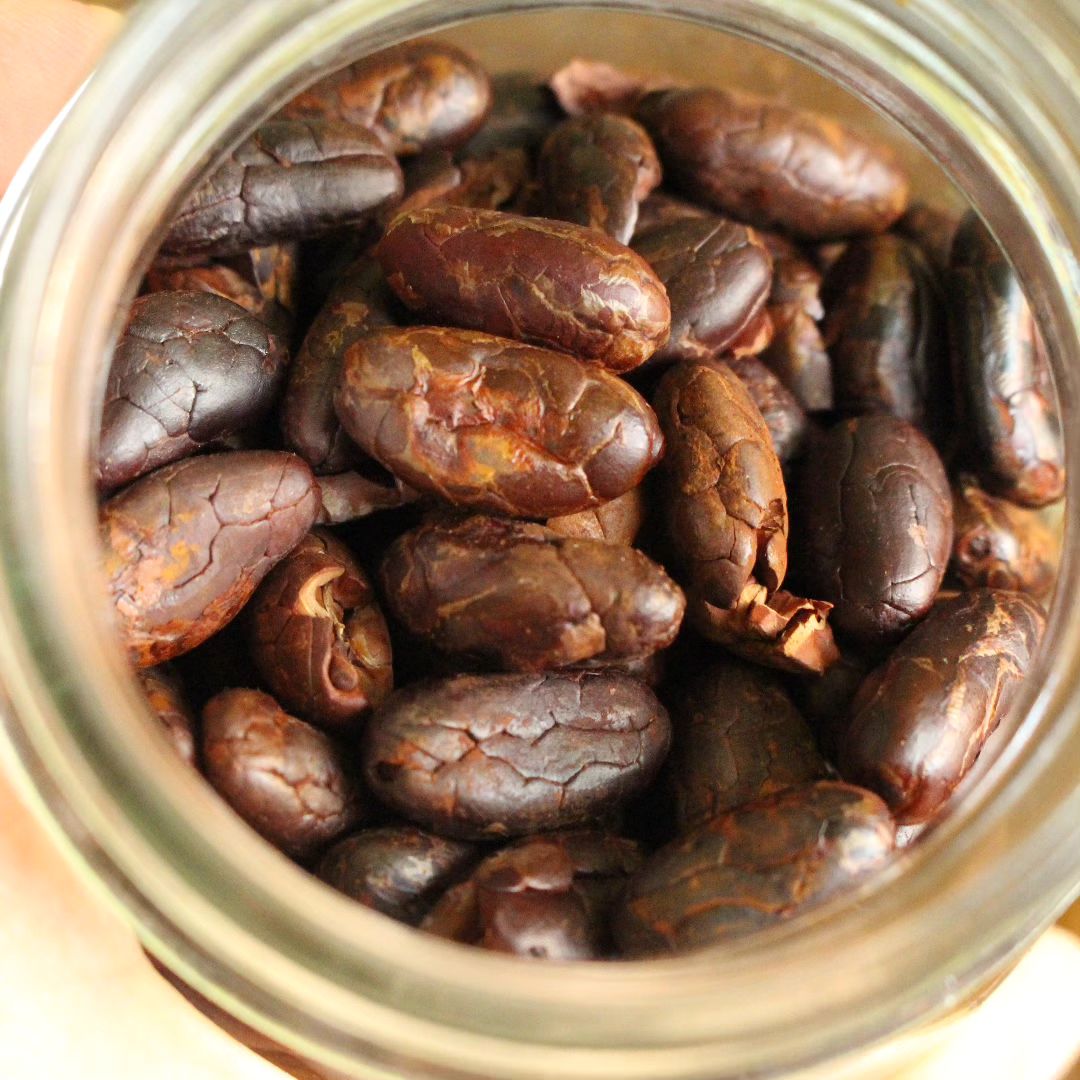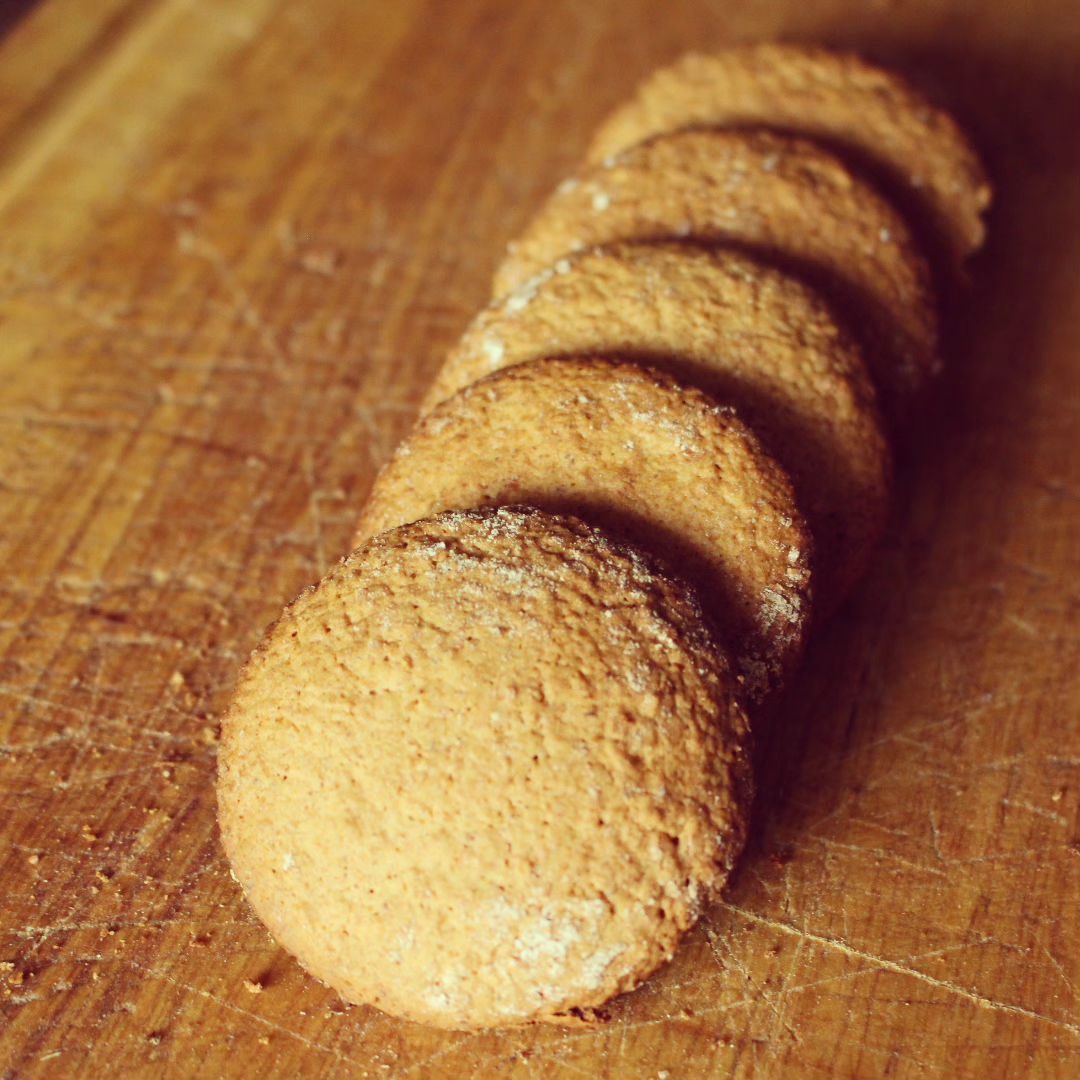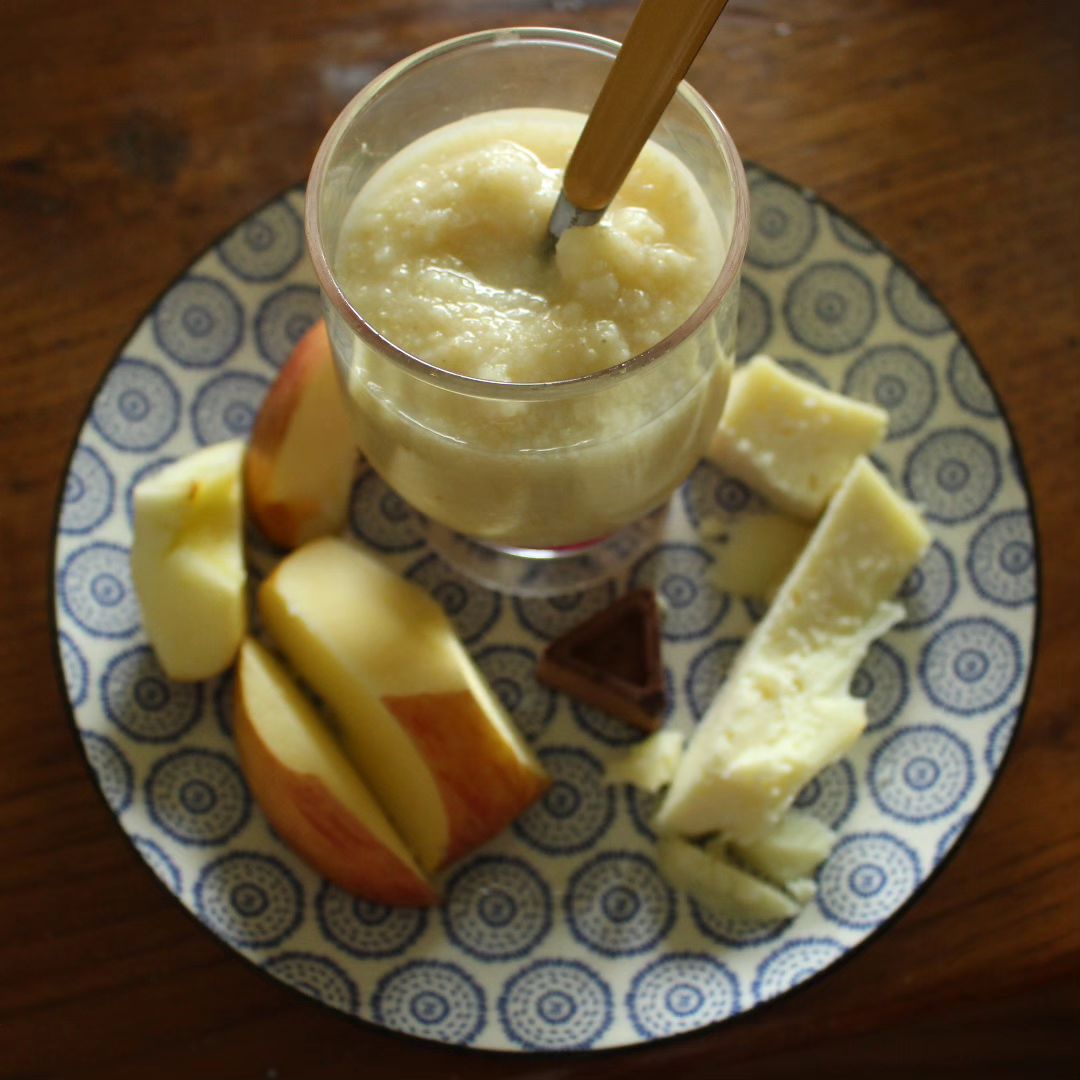Everything we eat is an opportunity for us to get closer. Closer to the plant, the farmers, the soil and the environment, yes…but *also* closer to ourselves – to understanding what we care about and why, involving ourselves in the process, using our bodies, and in doing so learning on a deep level something ‘more’. . That something ‘more’ is beautiful and it’s what being engaged with our food offers us. . But we have to be gifted this opportunity to get closer to our food and then have the strength to heed the call. It ain’t easy. When I was 18, driven by addiction, I regularly visited the local supermarket and bought kilogram bars of sugar-laden white chocolate. I took these bars home and ate them alone in my bedroom, often in one sitting. I used chocolate as a way out. . Nearly 30 years later, I sit here shelling home-roasted cacao beans that I chose based on their variety and the farm they came from. I will make these into a 95% cacao chocolate in my own kitchen, without the help of machinery that costs chocolatiers thousands of pounds. The resulting chocolates will last me at least a few weeks and I’ll make tea with the cacao husks that come off in the process. . It was my failing health that gifted me the opportunity to start doing things differently. For so many people who I talk to here, that’s also the case. My prayer is that we’d all be gifted the opportunity to see there’s another way (and want to take it) *without* being ill…through curiosity, taste sensation, farm visits, reading, a friend, a podcast. . Because tasting chocolate like this, supporting farmers, bringing back to life ancestral traditions, giving a damn…they are things that can fill a life with *such* joy and make it *so* worth living.
Everything we eat is an opportunity for us to get closer. Closer to the plant, the farmers, the soil and the environment, yes…but *also* closer to ourselves – to understanding what we care about and why, involving ourselves in the process, using our bodies, and in doing so learning on a deep level something ‘more’.
.
That something ‘more’ is beautiful and it’s what being engaged with our food offers us.
.
But we have to be gifted this opportunity to get closer to our food and then have the strength to heed the call. It ain’t easy. When I was 18, driven by addiction, I regularly visited the local supermarket and bought kilogram bars of sugar-laden white chocolate. I took these bars home and ate them alone in my bedroom, often in one sitting. I used chocolate as a way out.
.
Nearly 30 years later, I sit here shelling home-roasted cacao beans that I chose based on their variety and the farm they came from. I will make these into a 95% cacao chocolate in my own kitchen, without the help of machinery that costs chocolatiers thousands of pounds. The resulting chocolates will last me at least a few weeks and I’ll make tea with the cacao husks that come off in the process.
.
It was my failing health that gifted me the opportunity to start doing things differently. For so many people who I talk to here, that’s also the case. My prayer is that we’d all be gifted the opportunity to see there’s another way (and want to take it) *without* being ill…through curiosity, taste sensation, farm visits, reading, a friend, a podcast.
.
Because tasting chocolate like this, supporting farmers, bringing back to life ancestral traditions, giving a damn…they are things that can fill a life with *such* joy and make it *so* worth living.





